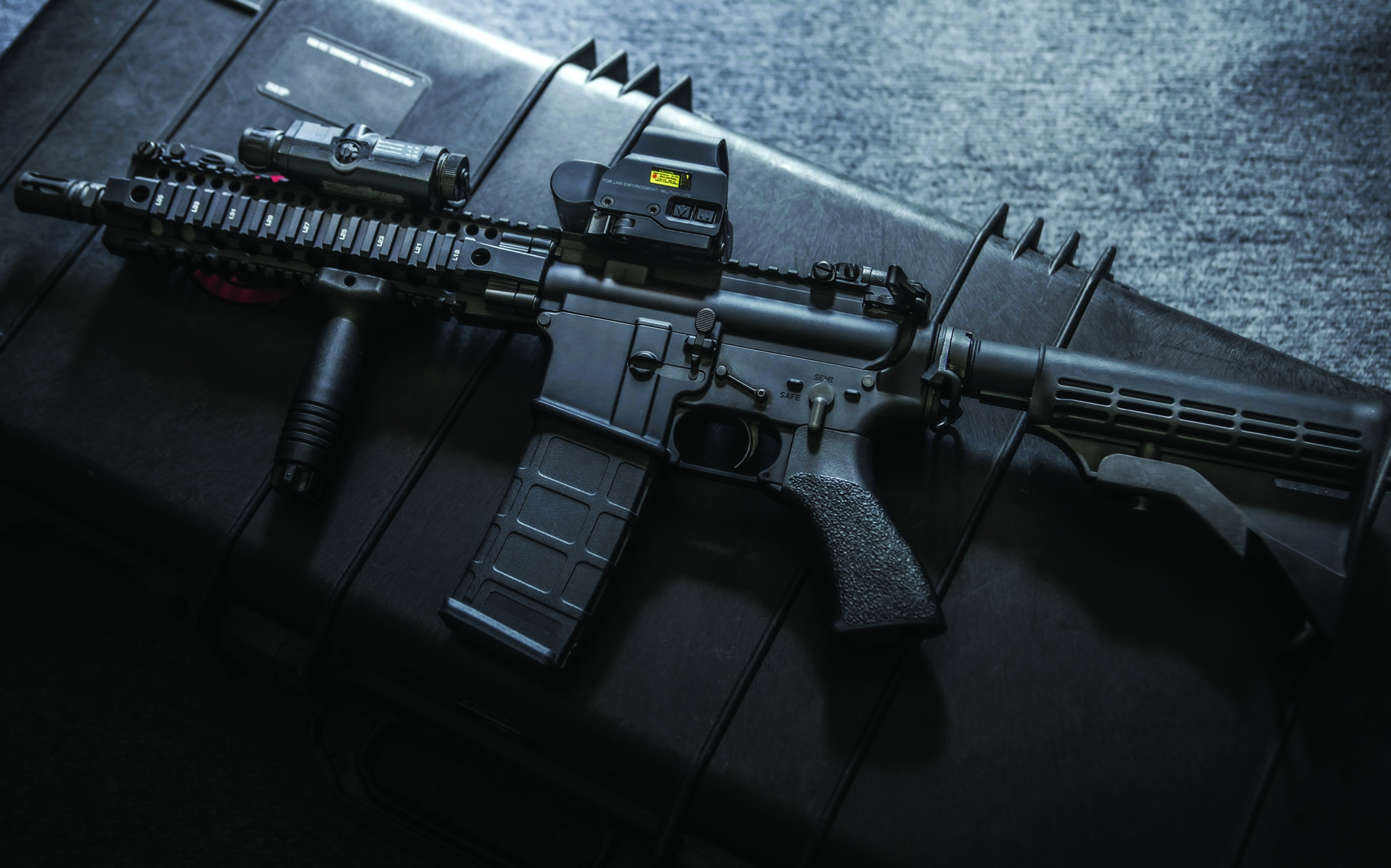Strict state background checks tied to lower firearm mortality in youth

States that required universal background checks for purchasing firearms and ammunition had reduced firearm-related pediatric mortality rates compared with states that did not have the laws, according to research presented at the Pediatric Academic Societies 2018 Meeting.
“Unfortunately, many pediatricians already have firsthand knowledge of the magnitude of injuries U.S. children experience due to firearm violence,” Monika Goyal, MD, MSCE, director of research in the Division of Emergency Medicine and Trauma Services at Children’s National Health System, told Infectious Diseases in Children. “Firearms represent the third-leading cause of pediatric death in the U.S.”
“Our research indicates that stricter gun laws — specifically, laws that require universal background checks for firearm and ammunition purchase — are associated with lower firearm-related pediatric mortality rates at the state level.”
Goyal and colleagues used cross-sectional data from the 2015 CDC Web-Based Injury Statistics Query and Reporting System to conduct analysis. The association of the Brady Gun Law Scores and state-based rates of firearm-related deaths in children aged 21 years and younger were measured using linear regression with log-transformation.

To establish if there was a difference between median firearm-related pediatric mortality rates and the presence of three specific state gun laws, including universal background checks for firearm purchase, ammunition background checks and identification requirements for buying firearms, Mann-Whitney U tests were used. For six states that were missing mortality data, mortality rates ere calculated by multiple imputation.
Firearm-related injuries in 2015 resulted in 4,528 child deaths (mean age 18 years; SD +/-3.5; 87% male; 44% non-Hispanic black). There was a range in state-specific mortality rates of 0 to 18 per 100,000 children.
Lower state-specific gun law scores were related to increased pediatric mortality (P < .001). Twelve states that required universal background checks to buy firearms had lower median mortality rates (3.8 vs. 5.7 per 100,000 children; P = .002), as did the five states that required ammunition background checks (2.3 vs. 5.6 per 100,000 children; P = .02).
There was no significant difference found between median mortality rates between two states that required identification to buy firearms and states that did not require the identification (4.6 vs. 5.4 per 100,000 children).
“Pediatric providers across the nation can work toward improving kids’ safety and preventing pediatric firearm-related injury through their clinical care, research, education and advocacy,” Goyal said.
She added that at this year’s meeting, a multi-institutional group of pediatricians held a workshop to educate pediatricians about the latest research findings, with the goal of empowering them to take an active role in reducing pediatric firearm injuries. – by Bruce Thiel
References:
Goyal M, et al. The association of state gun laws with pediatric mortality from firearms. Presented at: The Pediatric Academic Societies 2018 Meeting; May 5-8, 2018; Toronto.
Disclosure: Goyal reports no relevant financial disclosures.

